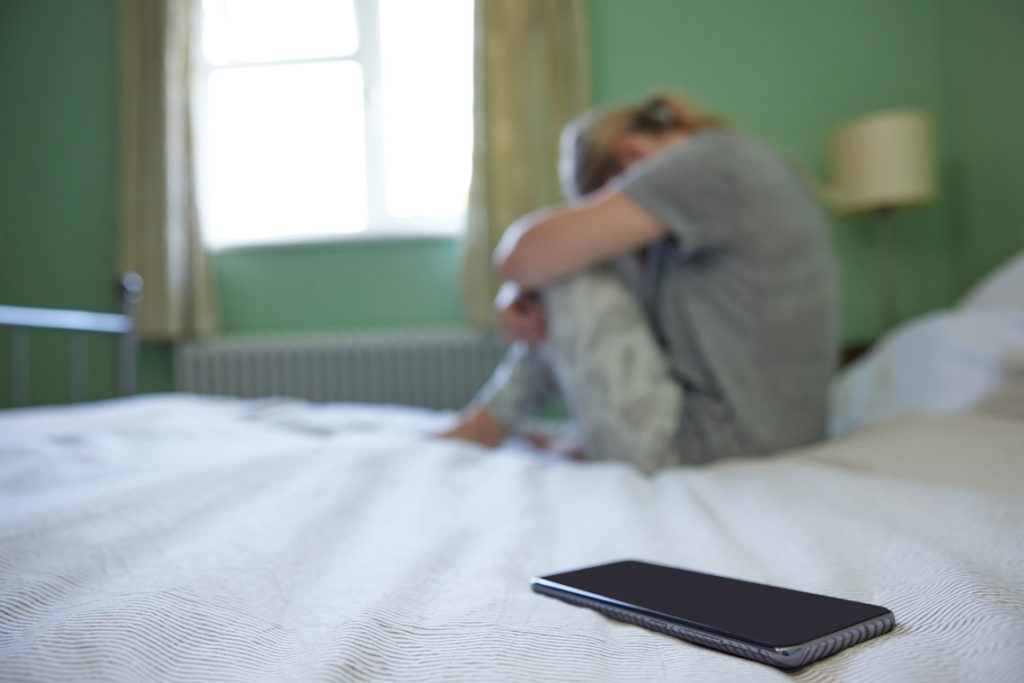
When it comes to school life, bullying has always been a concern. However, in more recent times the issue of cyberbullying has become more prevalent.
Even the word itself brings a feeling of uneasiness, a vulnerability which no-one wants to see happen to their children. That being said, the negative behaviour of any type of bullying can be responded to in a positive way.
A confident child will react with assertiveness and make sure the bullying does not go unanswered. Unfortunately, a child without this level of confidence or support network will not react as well.
It’s a parent and carer’s job to help children develop strong levels of confidence and assertiveness.
Schools can help with this too by demonstrating their refusal to accept any bullying behaviours, supporting those who need it in any bullying situation and focusing work on positive interactive behaviours, acceptance of differences and the requirement of positive interaction between its students.
Some signs and symptoms of bullying and cyberbullying can include:
- Looking distressed or anxious, yet refusing to say what’s wrong
- Unexplained cuts and bruises
- Damage to clothes, books and school equipment
- Doing worse at school than before
- Requests for extra money
- A reluctance to go to school
- Lower confidence and self esteem
- Showing some anxious behaviour following internet usage or phone use.
- Becoming socially isolated.
- Changes in mood, becoming angry, aggressive, sad, lonely.
- Problems eating or sleeping.
- Complaints of stomach pains, headaches, illness
When cyberbullying is brought to your attention, it is important not to overreact. Instead, explore with your child what they would like to see happen next and what levels of assistance they want.
Often, one might consider taking the computer away from the child as the quickest method of putting a stop to the bullying, but this is unfair as the child is then being punished for being bullied.
Such a response makes it more likely that children will not disclose any further bullying for fear of this reaction from their parents.
Instead, there are some simple rules you can go through with your children to help them stay safe online.
- Never give out personal information.
- Only accept friendship requests on social networking sites from people you know.
- Be aware of age requirements on social networking sites.
- Where bullying occurs, do not respond to it online and do not delete the email or text. Save it or take a “screen grab” of the offending material as proof.
- Where the bullying is persistent you may need to take the issue to the child’s school or in more severe instances even to the Gardaí, as it can be considered harassment in certain circumstances.
Bullying is a very broad issue and appears to be ever more present in our community environment. What we have learned within the ISPCC is the need for any response to be made at the community wide level.
Schools and parents are a part of our community and are well placed to help facilitate any response to the worrisome and negative effects of bullying not just for children but into adulthood as well.
Click here to read more about bullying and bullying prevention.
